Key safety tips for your DIY home projects
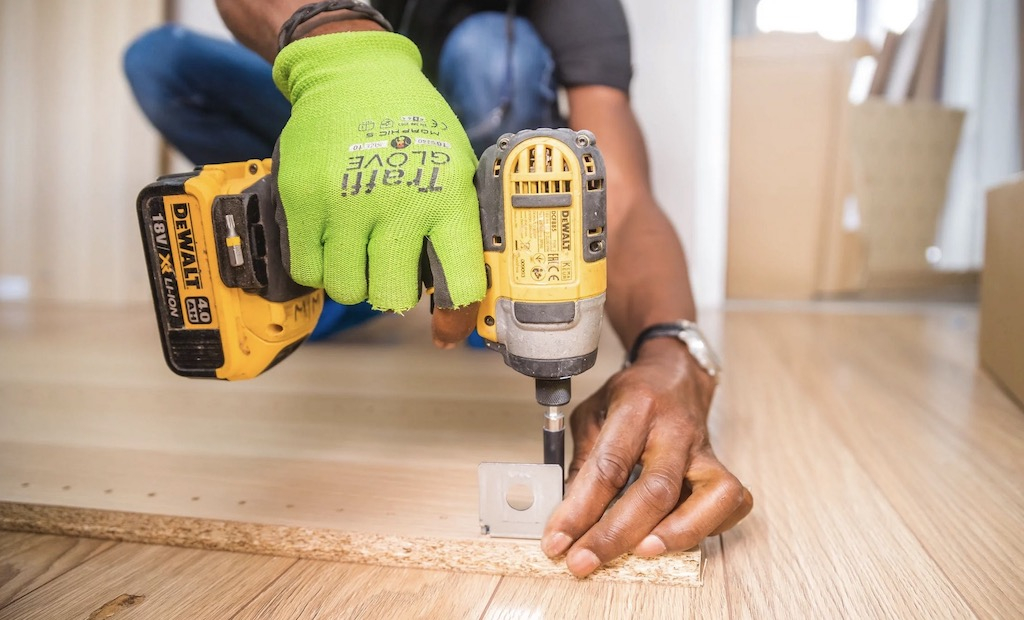
There is no doubt that the popularity of DIY home projects is on the rise currently. Choosing to go this route is easy to understand when you consider how rewarding it can be and the control it gives you. Safety is key when engaging in home renovations though and this is especially true for DIY enthusiasts who may not do it as a full-time job. But what are the best safety tips for DIY projects at home?
Wear the correct PPE
PPE is a key part of working safely on a home DIY project and should not be ignored. Protective eyewear for example helps to shield your eyes from the dust or debris that completing certain DIY jobs can bring. Sturdy work gloves are also very useful and protect your hands from injury. They are also vital if working with materials that could harm exposed skin. Earplugs are crucial if using loud power tools and you should also wear a dust mask/respirator to look after your lungs if working with materials that give off lots of dust particles.
Dressing for the job
As well as thinking about wearing a specialist PPE kit, you should also think closely about the actual clothes you wear underneath it. Wearing the correct fashion for any job is essential, so wearing things like sturdy clothing and work boots which cover up your body provide much better protection can be greatly beneficial. It is also worth removing jewellery, tying up loose hair and avoiding wearing loose-fitting clothes. This helps prevent them from getting caught in tools or snagged on items around the site.
Using your tools safely
One essential tip for completing any DIY home project safely is making sure to use tools correctly – especially power tools. Many home projects use a range of specialist equipment from bandsaws and cutting tools to drills and more, so it is important you understand how to use such tools safely and properly. If you are unsure as to how to operate a tool safely, then it is always best to refer to the owner’s manual so you can have the key knowledge on using your specialist tools efficiently.
Work in a spacious and clean area
The simple facts are that you cannot work safely in a cluttered or cramped workspace. This could see you tripping up for example or mean you simply don’t have the space needed to work properly. The basic rule is to choose a space which has plenty of room and plenty of places to store tools/materials. Another good tip is taking steps to prevent children or pets from coming into the space when you are at work. This will stop them from surprising you and making you jump, whilst also meaning they are kept away from any danger.
It is also essential to keep your work area clean. Keep debris off the floor to remove slip/trip hazards and sweep up sawdust periodically to avoid it causing issues. It is also worth keeping dangerous chemicals/sharp tools locked away when not in use.
The importance of working in a well-lit room
It is also worth knowing that your workspace should be well-lit. This is something which comes in handy when working in enclosed spaces or out of daylight hours. It really is key to have adequate lighting in these situations because it means you will always see what you are doing properly. If there is no natural light to work by, bring in lamps which do the job.
Get supervision when needed
While it can be possible to handle every job on some home DIY projects, this might not always be the case in others. If you have no experience of working with electrics, for example, rewiring your home unsupervised is not advisable. In cases like this, it is much better to call in people who know what they’re doing to help. This will enable you to still be involved in the whole project but in a safe, sensible way. If you do not have a friend or family member who is qualified to supervise, you may have to hire a professional tradesperson to handle that specific task for you.
The editorial unit



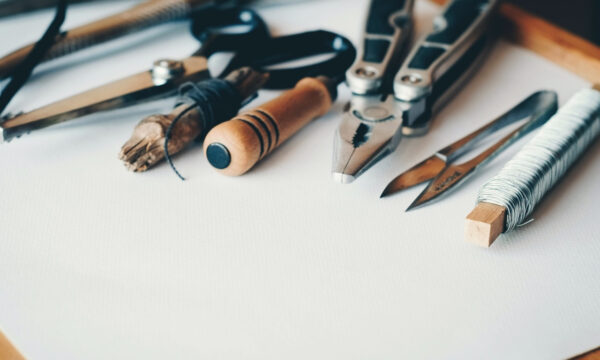

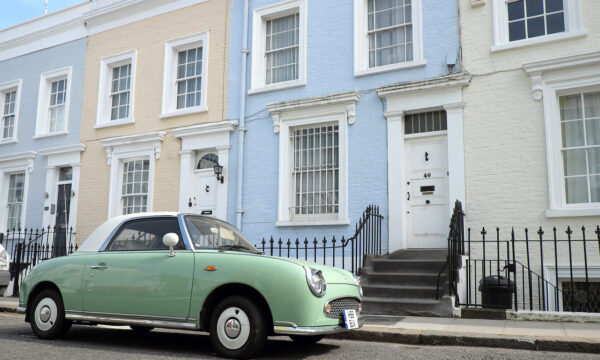


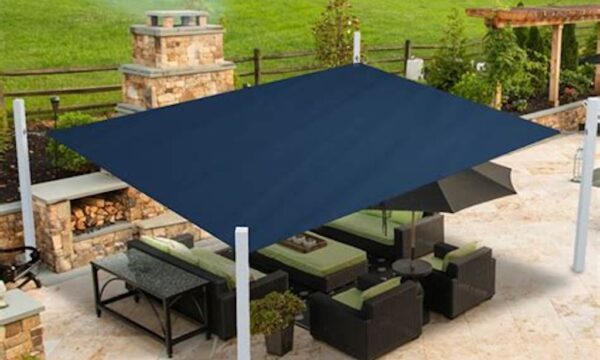
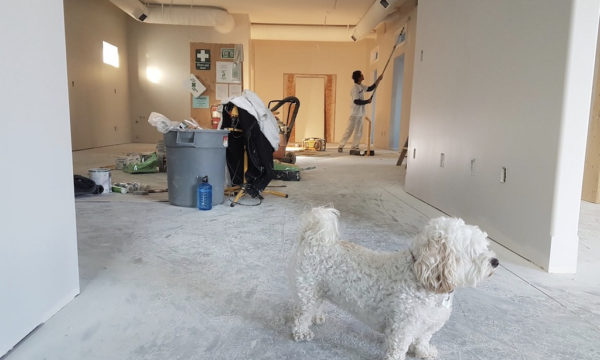













Facebook
Twitter
Instagram
YouTube
RSS